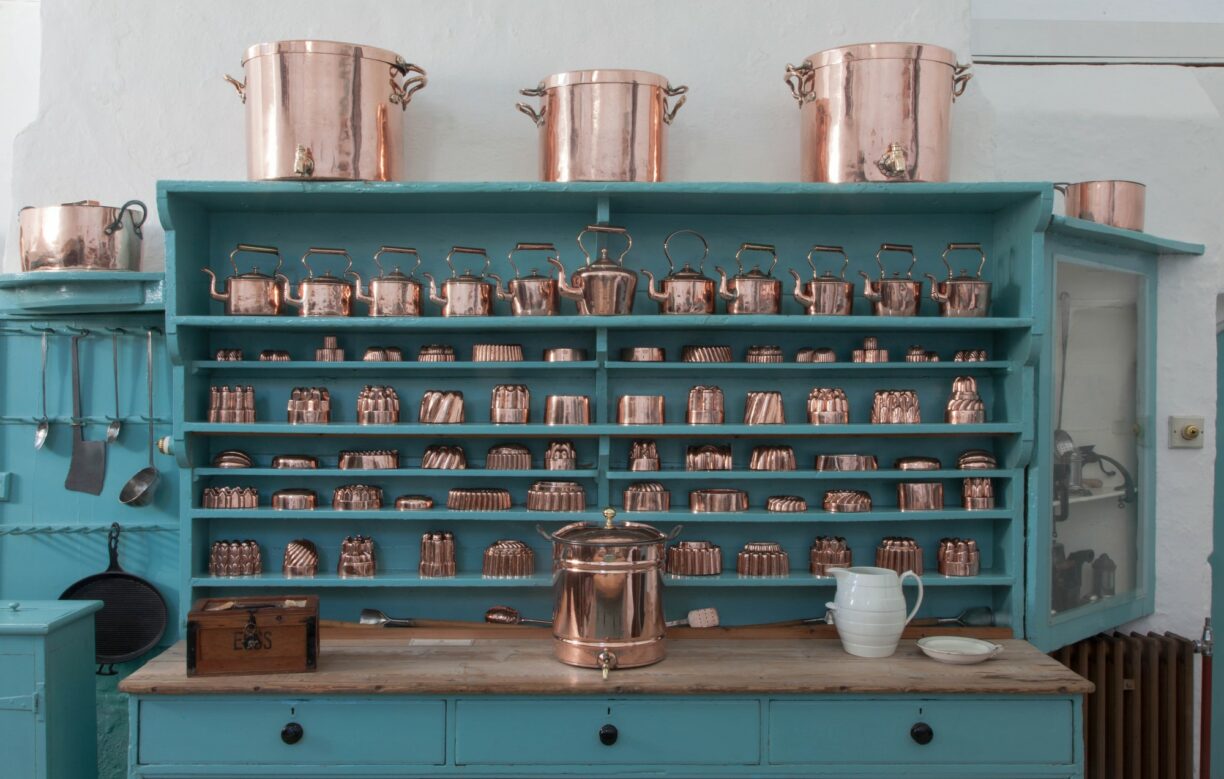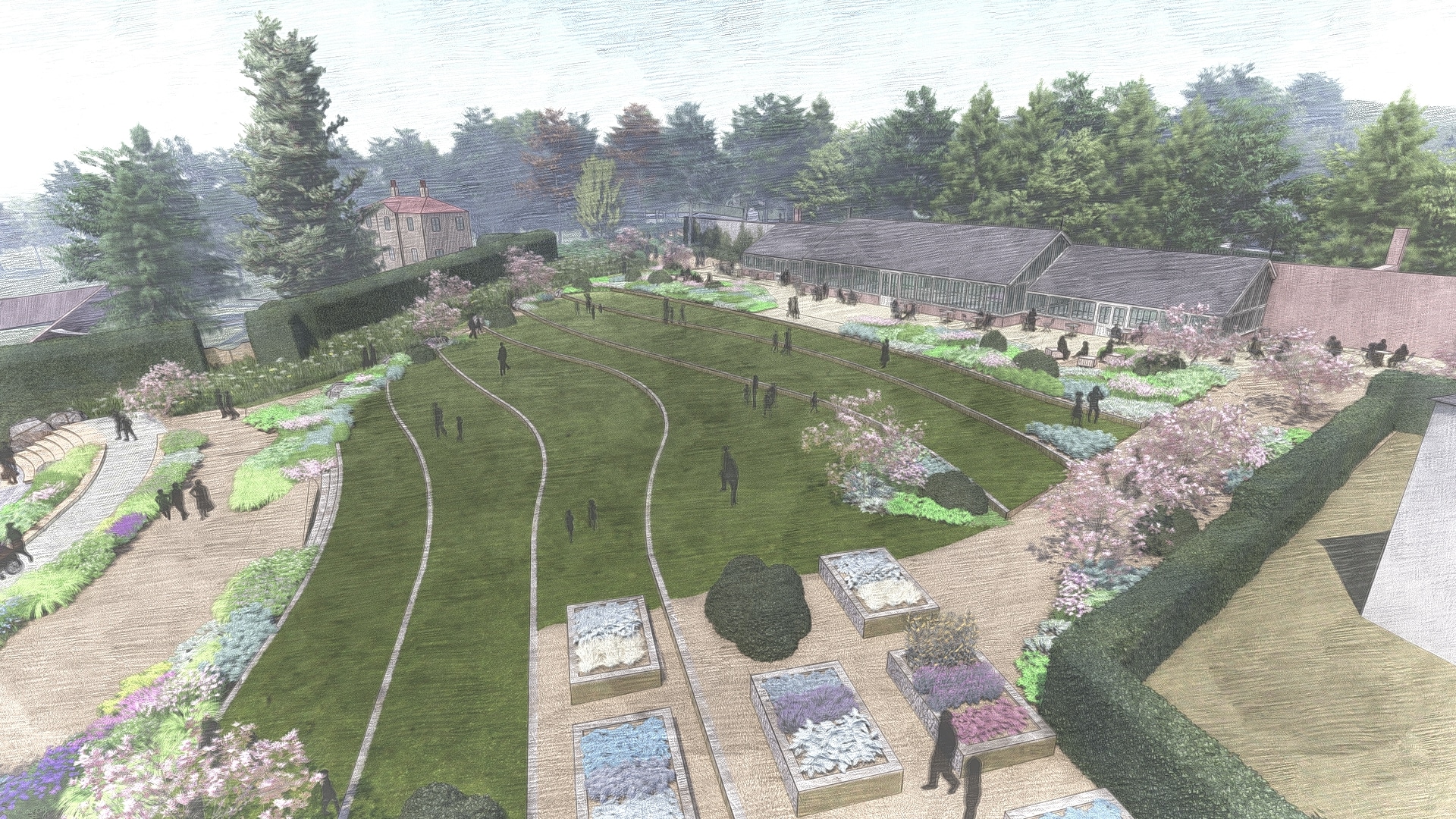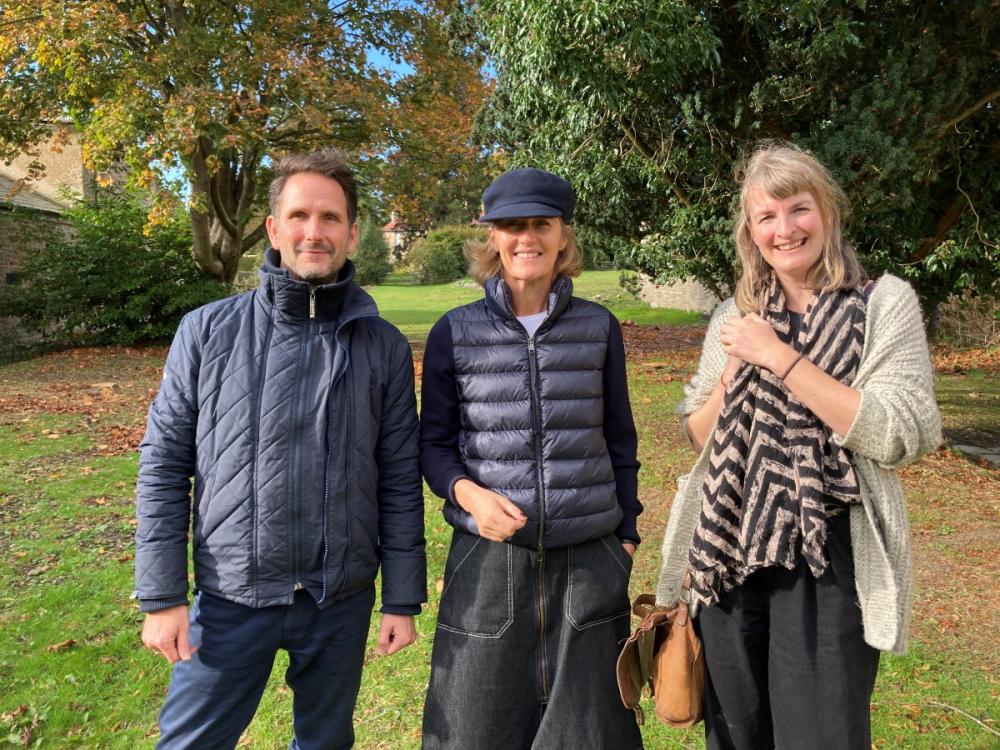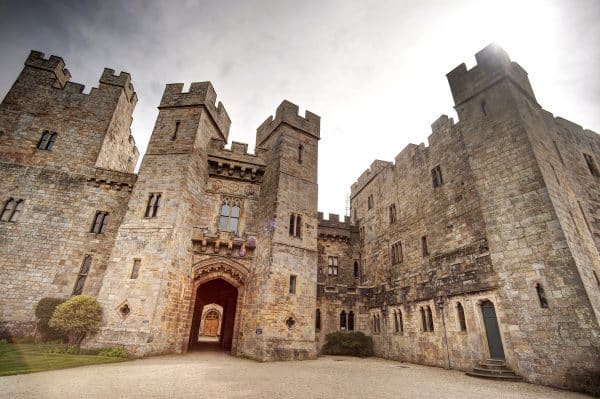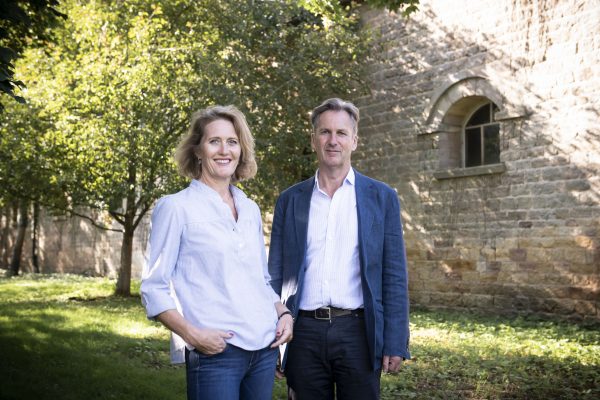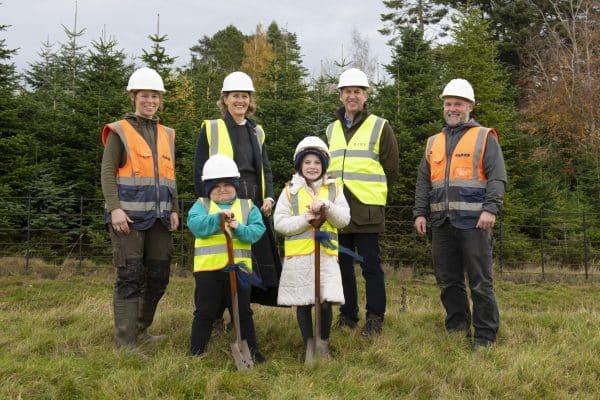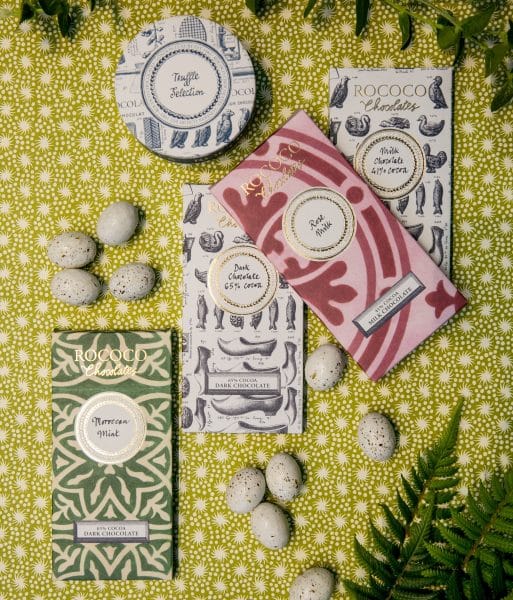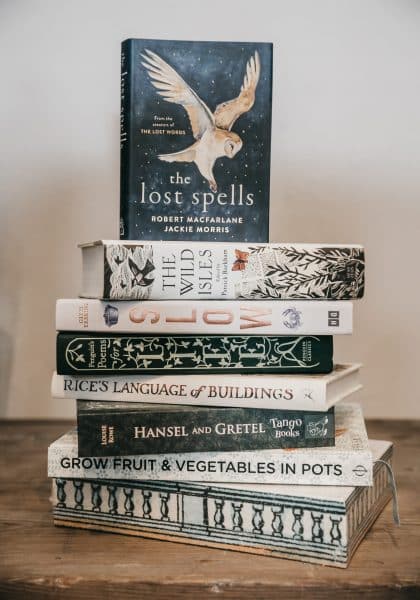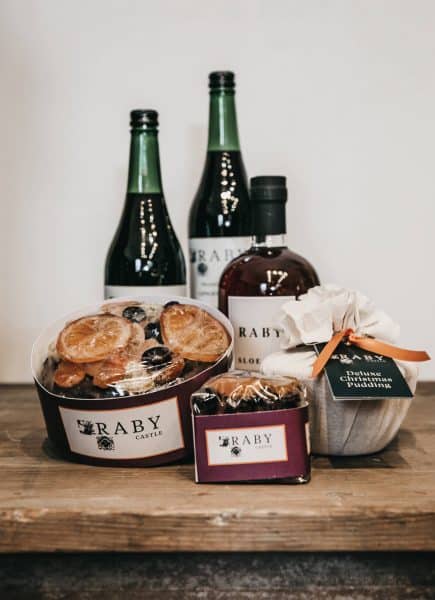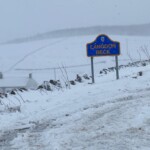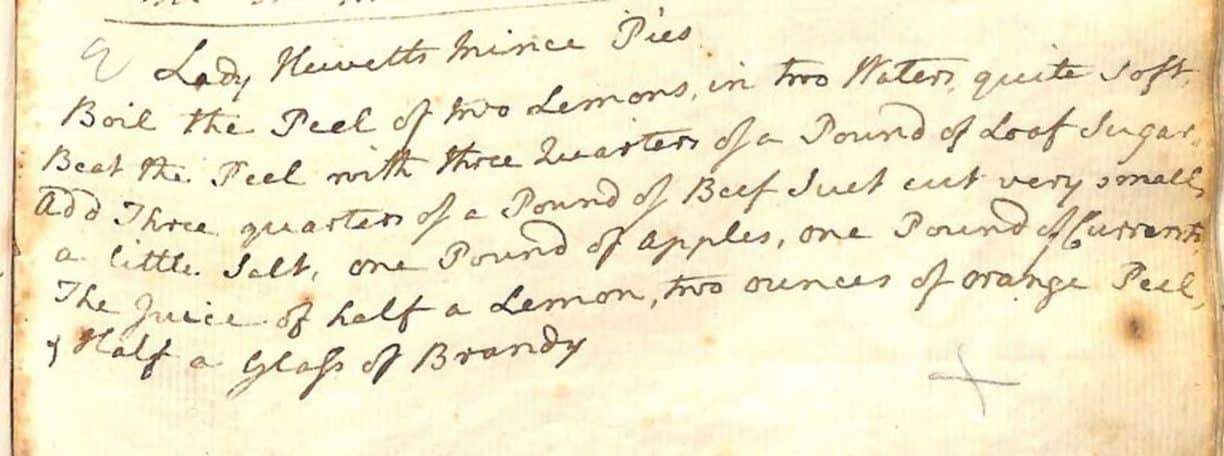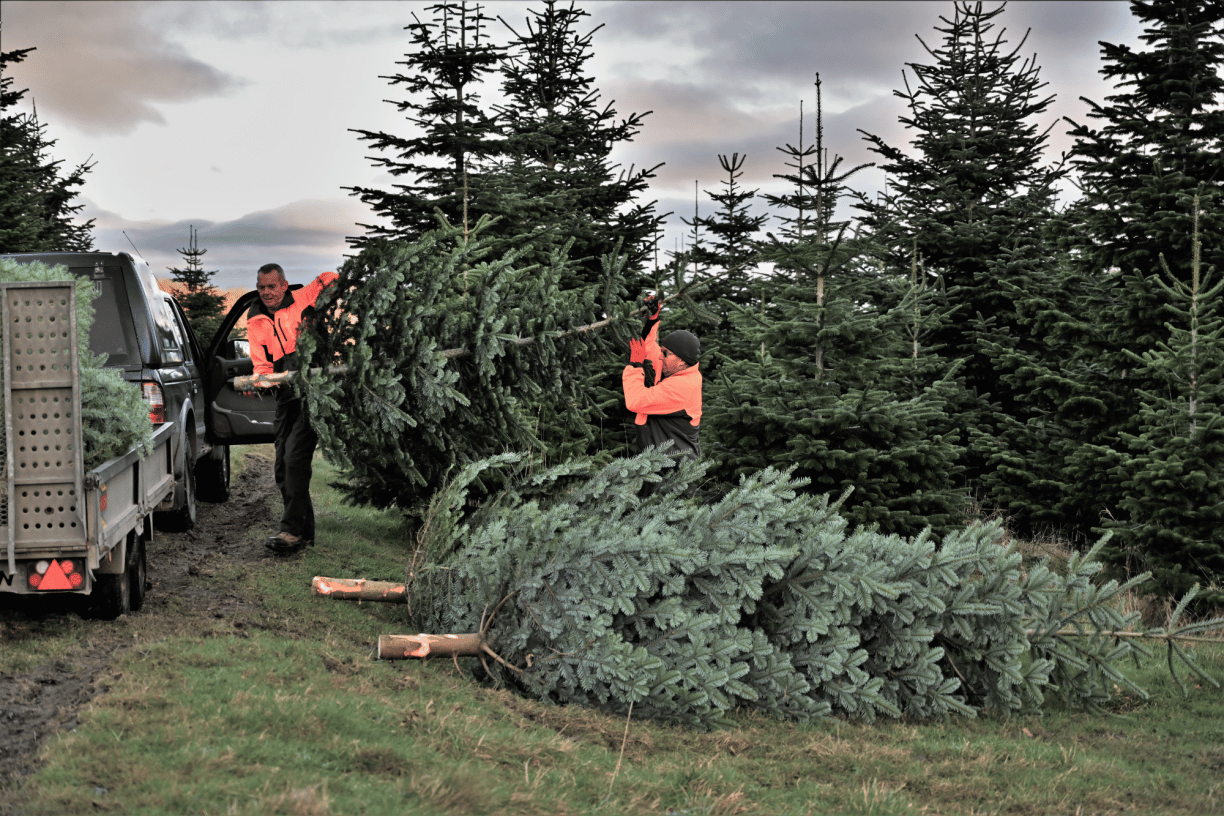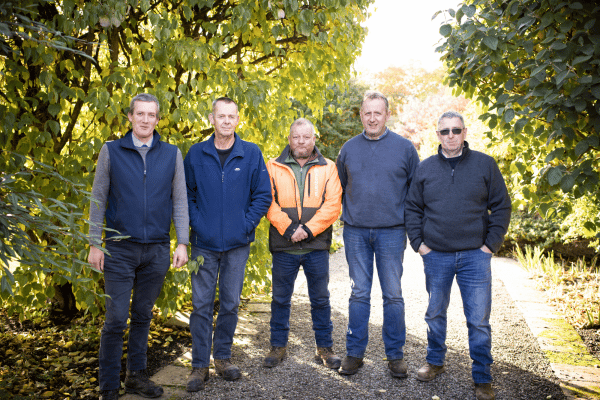Raby Castle will once again be opening its doors to visitors on Thursday 3rd March for another busy season.
Over the winter period each year, the castle undergoes a magical transformation for Christmas. The New Year then sees a flurry of redecorating and general maintenance tasks getting underway. We caught up with Castle Custodian, Mark Horsley to find out what changes visitors can expect to see for 2022.
Last year Raby Castle closed the doors on the annual visitor season on the 31st of October, after a spooky Halloween Trail. This left us with 25 days to transform the castle into a magical Christmas grotto, ready for our special Fireside Stories event with Father Christmas. This popular experience has become a tradition for visitors, who come from far and wide every year to sit in Raby’s grand Entrance Hall by a roaring fire surrounded by twinkling lights and trees to hear a festive tale. This year the castle team dressed 7 Christmas trees (the tallest standing at over 16ft tall!) using around 1,000 baubles and up to 2,000 lights.
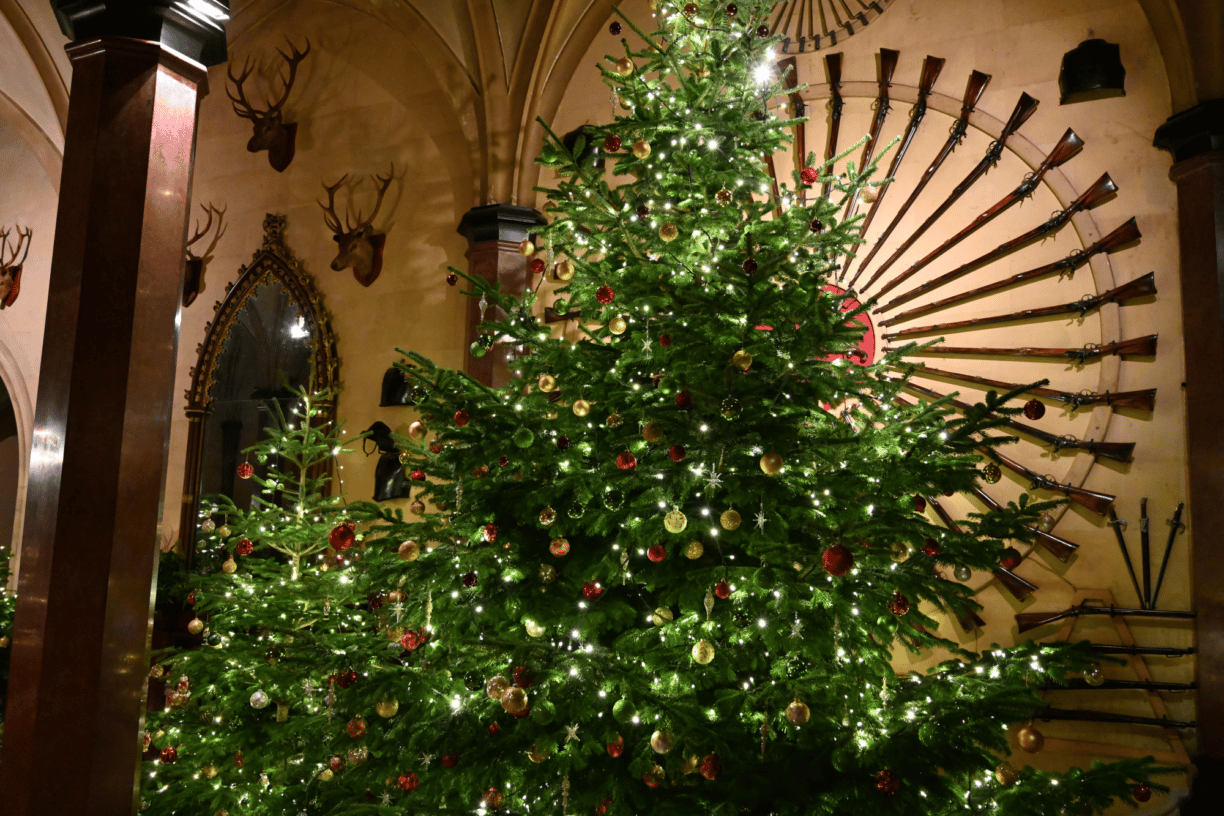
With the magic of the festive season behind us we are now looking ahead to the New Year and preparing the castle for re-opening in the Spring. As a new addition for the forthcoming season, we have worked with Lady Barnard and our buildings team to redecorate and repurpose the Lobby on the public route. This room previously displayed a range of Freemasonry material including prints and textiles which, after twenty years, needed to be rested from the damaging effects of lights. The room also contained a popular portrait of the 11th Lord Barnard, painted by Suzi Malin in 1985 (which can now be found on Bulmer’s staircase leading up to the Baron’s Hall). In preparation for the new season, the Lobby walls have been stripped and the floorboards sanded back to bare wood. The room will return to, what is believed to have been, one of its earlier functions – a Boot Room, highlighting the family’s enjoyment of the great outdoors. Our new-look Boot Room will have freshly painted walls and a freshly stained floor. A new bench will reflect times gone by, where people would have removed their riding boots and jackets before entering the castle. A purpose-built coat rack, made by Raby joiners from Raby oak, will hold tweed jackets and caps and an old wall clock and mirror will adorn other walls.
Another change visitors can look out for is the relocation of some of the portraits that adorn the castle walls. First and foremost, the 12th and current Lord Barnard’s portrait now hangs in the Baron’s Hall, taking pride of place above the Steinway piano. Sitting alongside this will be another relocated painting of Charles Neville, the 6th Earl of Westmorland, who has moved from the medieval corridor at the beginning of the public route. Charles Neville was the last of the Neville family to own Raby Castle before the Rising of the North, after which the castle was purchased by the Vane family who still own the castle today. By hanging these portraits side by side it highlights the two main families who have owned Raby Castle since its creation in the 14th century.
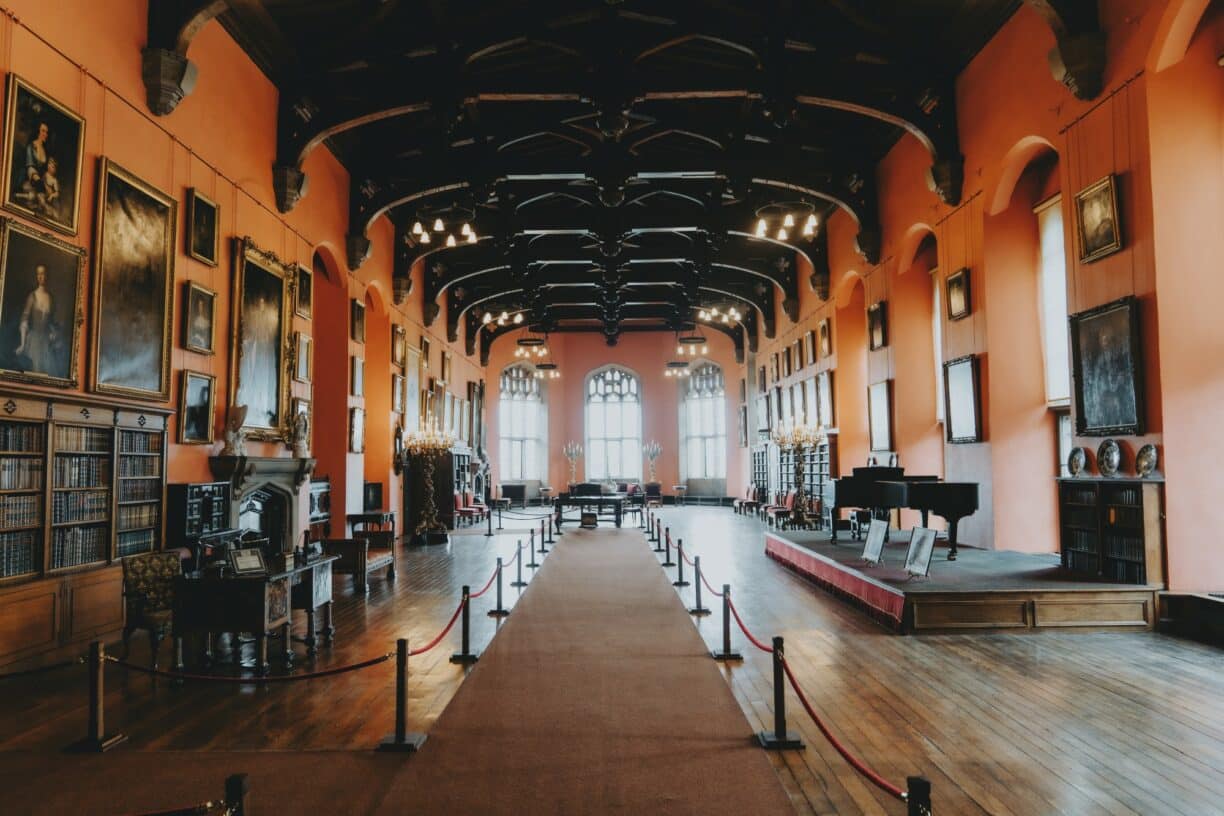
(c) Daniel Casson
Another new addition to the Baron’s Hall is a portrait of Lady Anne Monson, the daughter of Henry Vane, the first Earl of Darlington and his wife Lady Grace Fitzroy. A great-grandchild of Charles the second she later found fame as a “remarkable lady botanist”. The last painting to be moved will be a painting of a Bay Horse, after J Wootton. This used to hang in a room rarely seen by the public, but will now feature in the Victorian Corridor, just off the Entrance Hall. It is currently away for conservation, so the team are looking forward to seeing it back at Raby.
These exciting winter changes at the castle have been undertaken alongside our usual annual tasks, the deep clean of the public route. This involves building scaffolding towers in the Octagon Drawing Room, Entrance Hall and Baron’s Hall, as these rooms have high decorative ceilings that we couldn’t reach to clean by any other means. The beautiful wooden floor in the Baron’s Hall is also lovingly waxed and polished. All other rooms are stripped of all furniture, cleaned and the furniture replaced. Our incredible collection of copper and pewter moulds and pipkins in the Castle Kitchen are all cleaned prior to the season starting and the 500+ pieces take a small team two weeks to polish.
